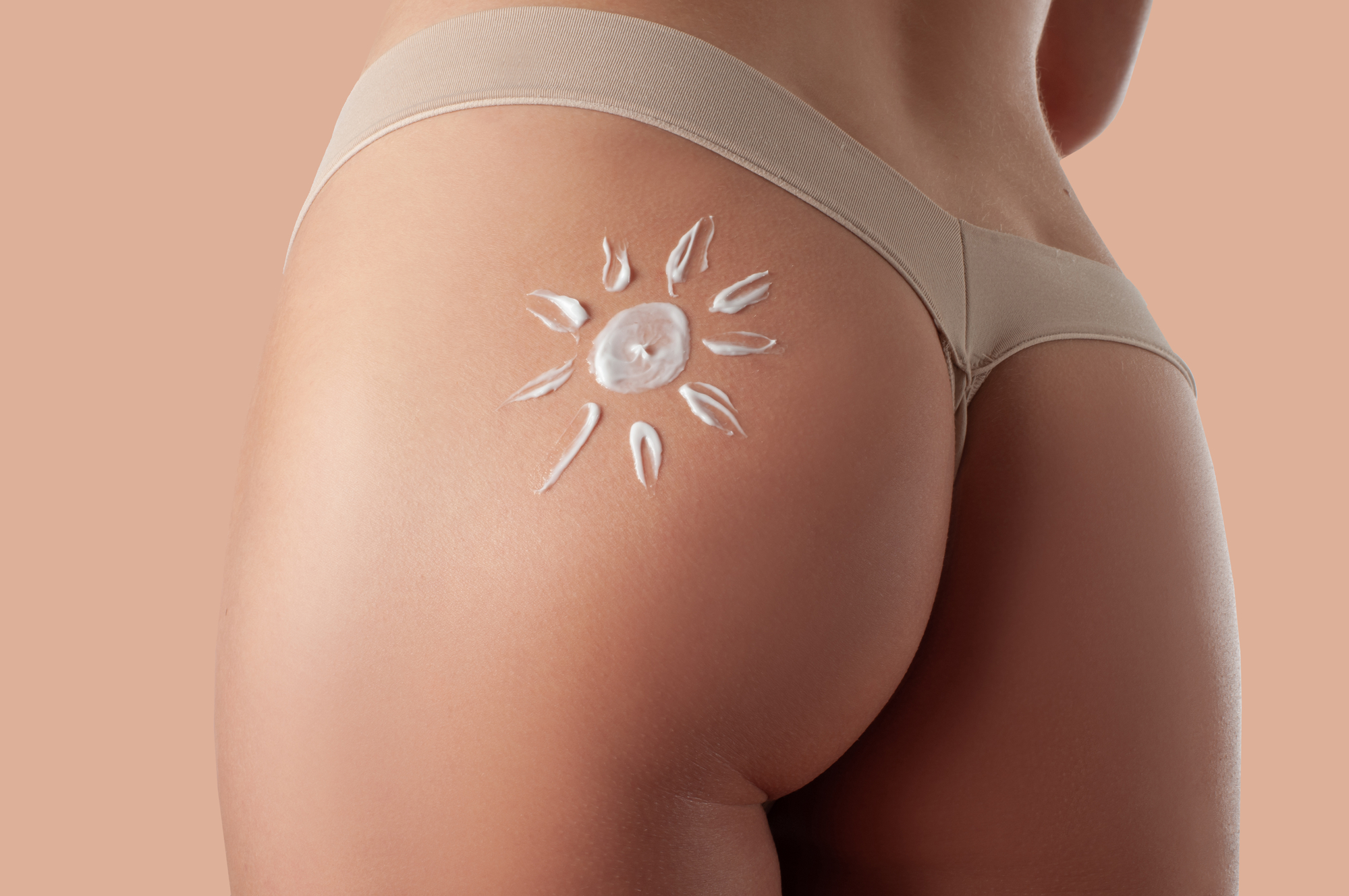In recent years, the beauty industry has come under scrutiny for its use of microplastics, tiny particles that are causing significant environmental harm. This article delves into the issue, exploring the prevalence of microplastics in beauty products, their impact on the environment, and the steps being taken to address this growing concern.
What are Microplastics?
Microplastics are small plastic particles, typically less than 5mm in diameter. They are either manufactured small, known as primary microplastics, or result from the breakdown of larger plastic waste, termed secondary microplastics. Commonly found in personal care products such as exfoliating face scrubs, toothpaste, and shower gels, these tiny particles easily pass through water filtration systems and end up in natural water bodies.
Environmental Impact
The environmental implications of microplastics are profound and far-reaching. Marine life, often mistaking these particles for food, ingest them, leading to physical harm and potential toxicity. This ingestion can cause a cascade of ecological impacts, including the disruption of food chains and the harming of marine ecosystems.
Additionally, microplastics can absorb and transport toxic chemicals, further contaminating marine and terrestrial ecosystems. Their small size makes them easily inhaled or ingested by animals and humans, raising concerns about potential health impacts.
Microplastics in Beauty Products
The beauty industry has been a significant contributor to the microplastics problem. Products like facial scrubs, body washes, and toothpastes often contain polyethylene, polypropylene, or polymethyl methacrylate to create a scrubbing effect. When these products are washed down the drain, microplastics enter the water systems, ultimately reaching oceans and other water bodies.
Consumer Awareness and Industry Response
Awareness of the microplastics issue has grown, leading to increased consumer demand for environmentally friendly products. This shift has prompted some beauty companies to reformulate their products, replacing microplastics with natural or biodegradable alternatives like apricot kernels, salt, or oatmeal.
Governments and international bodies are also taking action. Several countries have implemented or are considering bans on microplastics in personal care products. However, regulation varies widely, and in many places, microplastics are still a common ingredient.
The Way Forward
Addressing the microplastics crisis requires a multifaceted approach. Increased regulation, industry innovation, and consumer education are all critical. Consumers can play a role by choosing products free from microplastics and supporting companies that prioritize environmental sustainability.
The beauty industry, for its part, must continue to innovate and find sustainable alternatives to microplastics. As awareness grows and technology advances, there is hope for a significant reduction in the use of microplastics, ultimately leading to a healthier environment.
Conclusion
The issue of microplastics in beauty products highlights a critical intersection of environmental health and consumer habits. While significant challenges remain, the increasing awareness and efforts from various sectors provide a pathway towards more sustainable and environmentally friendly beauty practices.










